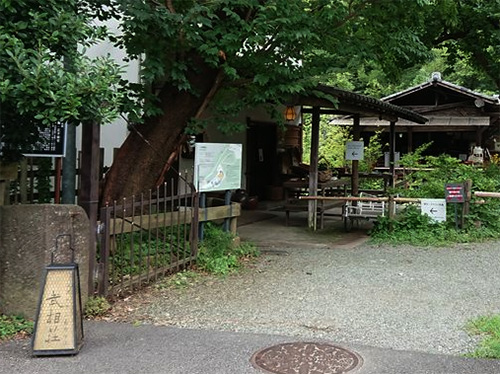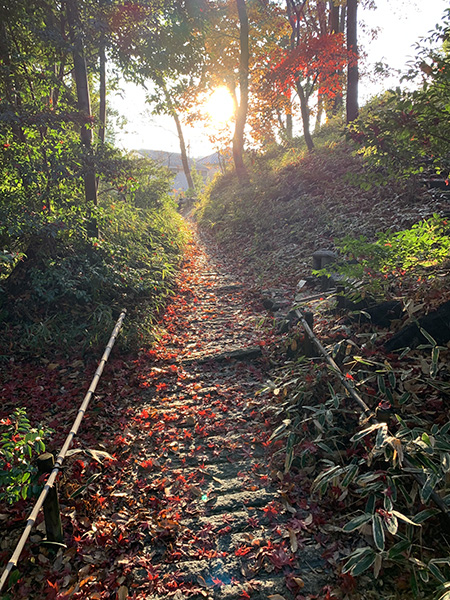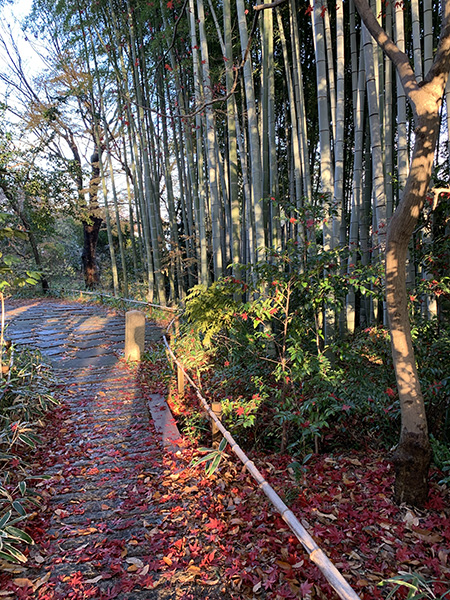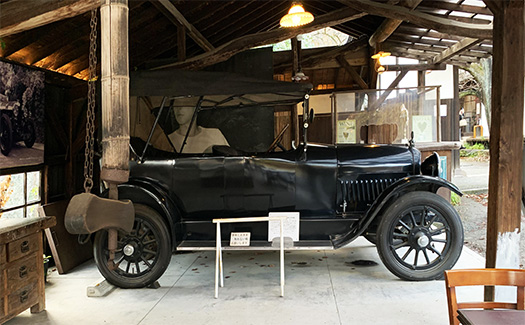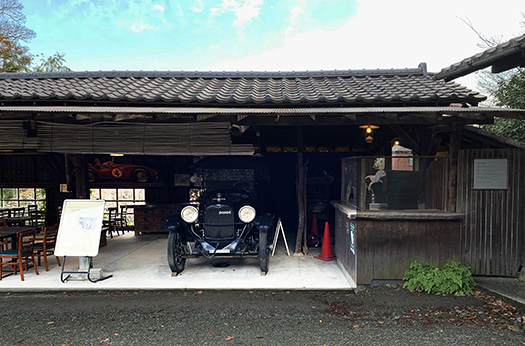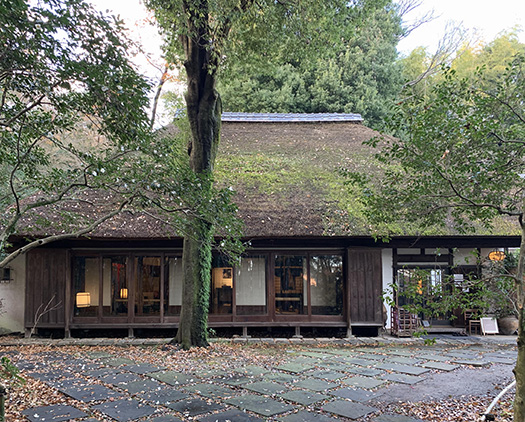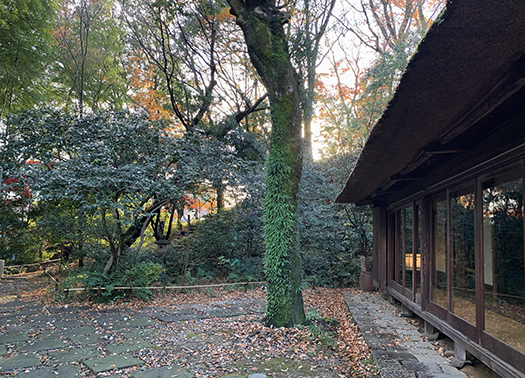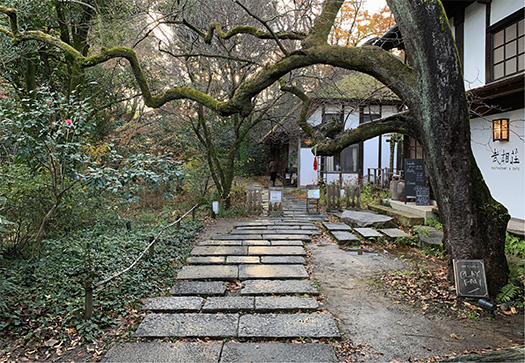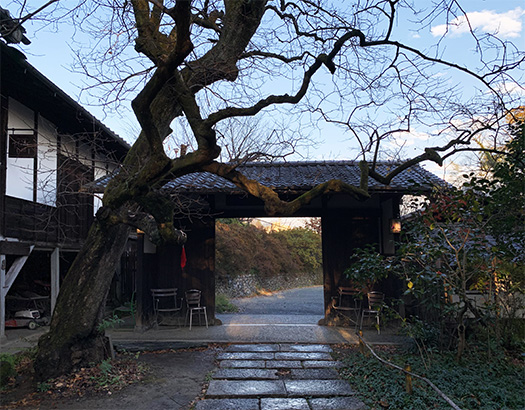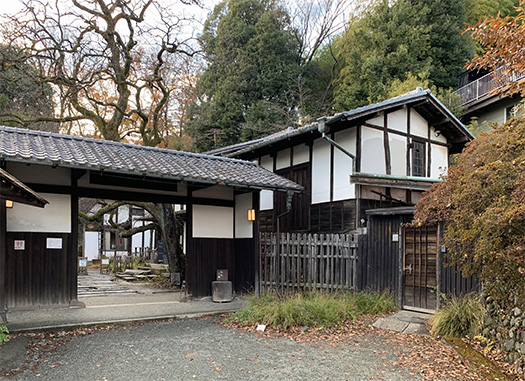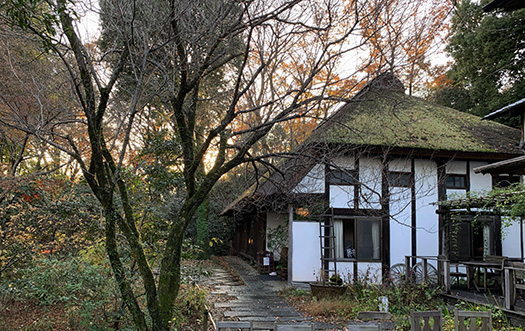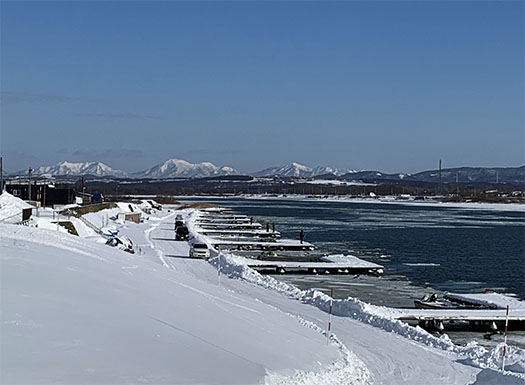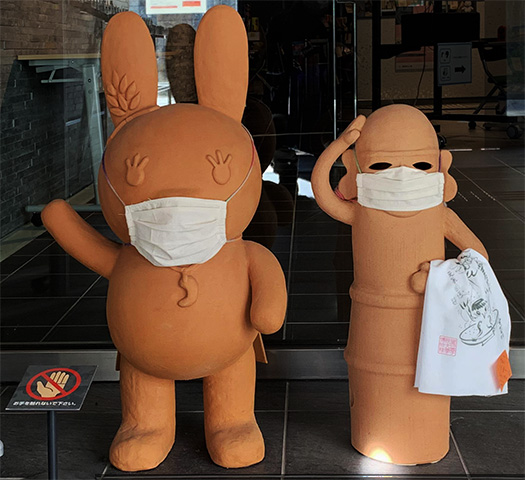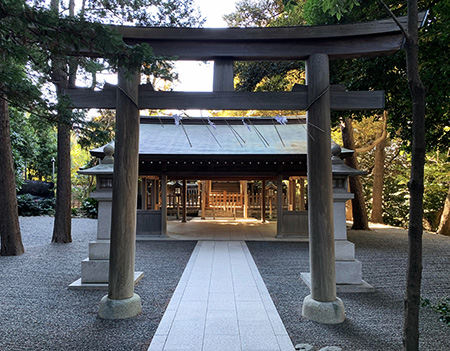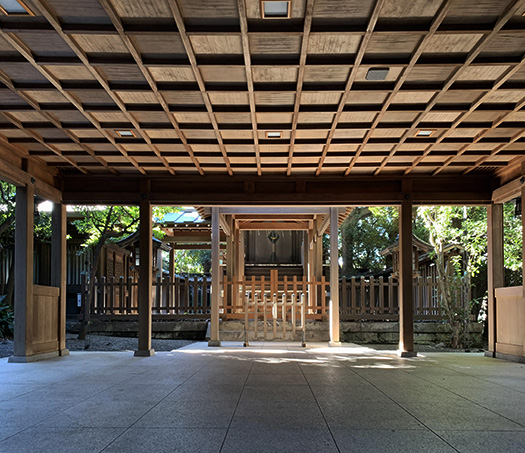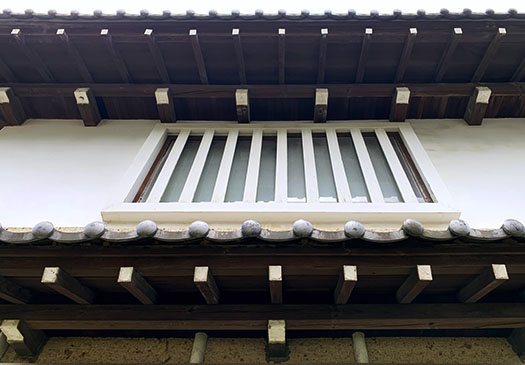
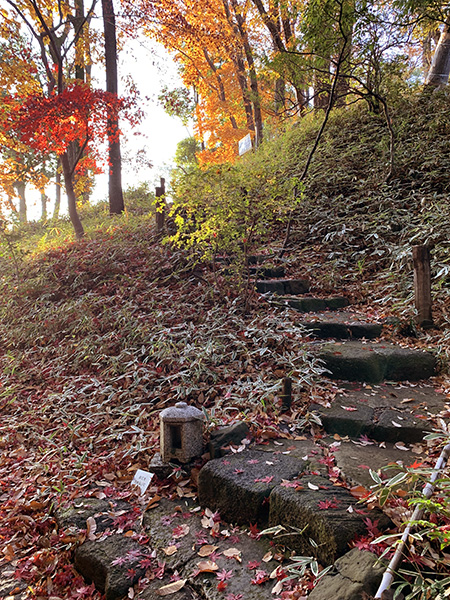
さて、ことし最初の住宅探訪ブログの素材として武相荘を取り上げました。
都市化が激しく進行して「平面的な集合住宅」化が著しい南関東ですが、
ポストコロナ時代には「ちょっと自然に近い」環境でのテレワークが
多くのユーザーから支持されていくのではないか、
そんなひとつの事例として考えて見た次第であります。
関東の不動産関係の読者の方からの反応で
「テレワークの進展で東京から1〜1.5時間程度の「リゾート」中古住宅が
人気を博してきているというお知らせもいただいています。
たしかに都心のオフィスビルの状況を見ていると、テレワークの進行広がりで
賃料価格の低減化が進展している様子はあきらかなようです。
またわたしどもの関係している業界でも「営業」のスタイルも変わってきている。
これまでのような業界会合での人脈づくり、そこで生成した
人間関係を土台にした訪問接触の強化拡大という基本が
まずは、業界会合の困難性が拡大し、最初のスタートが変容している。
いきおい最初の接触機会がインサイドセールスというあらたな領域に更新されている。
そして人間関係構築がキャンセルされたまま、テレアポに進む。
そのテレアポにしても日程調整にかなり振幅が大きくなっている。
こういった変容は、仕事概念での「煮つめ」的部分、
接触重視というより熟成重視型の働き方を促す方向に推移する可能性が高い。
あらゆる仕事がそのような変容バイアスから逃れられないのではないか。
そうすると企画や練り上げといった領域の重要性が上がって
そうした「仕事環境」選別目線のウェートが高まる。
このブログで見てきたような白洲正子とか、研究者のような「書斎型」の
仕事環境ということに向かっていく可能性はある。
そう考えてくると、今後の「住環境」は大きな変容可能性が高い。
まだ明確な志向性が固まっているというものではなく、
こうした方向性の中でどういう最適解があり得るのか、探っている段階。
そのなかで見てきたような武相荘などの「遠距離ときどき接触」型の環境は
ひとつの典型例を示しているのかも知れない。
またインテリアや環境性という面では、
現代人はこの武相荘のような感覚とは変わってきている部分も大きい。
長時間「家にいる」という状況が普及していくと、
その「居住環境性」について、より深化していくのが趨勢ではないか。
断熱気密性という環境要素とともに、長時間いても心理的耐久力のある空間、
より「いごこちのいい家」というものが求められる。
いわば空間の「肌ざわり」のような部分までが重視されていくのではないか。
それが個人の仕事の創造力を高める、そういう志向に向かう可能性。
武相荘の分析、探究をしていてそういった部分が見えてきたように思います。
English version⬇
[The “feel” of the space that enhances creativity, Buaisou-7]
By the way, I picked up Buaisou as the material for my first housing exploration blog.
In South Kanto, where urbanization is progressing violently and “flat apartment houses” are remarkable,
In the post-corona era, teleworking in a “slightly close to nature” environment
I think it will be supported by many users.
I thought of it as an example of that.
In response from readers related to real estate in the Kanto region
“With the progress of telework,” resort “pre-owned houses about 1 to 1.5 hours from Tokyo
We have also been informed that it is becoming more popular.
Certainly, looking at the situation of office buildings in the city center, the progress of telework is expanding.
It seems clear that rent prices are being reduced.
The style of “sales” is also changing in the industries we are involved in.
Creating personal connections at industry meetings like before, and creating them there
The basics of strengthening and expanding visiting contacts based on human relationships
First, the difficulty of industry meetings has increased and the first start has changed.
The first contact opportunity has been updated to a new area called inside sales.
Then, with the relationship building canceled, proceed to the tele appointment.
Even with that tele appointment, the amplitude is quite large for schedule adjustment.
These transformations are the “boiled” part of the work concept.
There is a high possibility that the trend will be to encourage maturity-oriented work styles rather than contact-oriented work styles.
Isn’t every job inevitable from such a transformation bias?
Then, the importance of areas such as planning and elaboration will increase.
The weight of such “work environment” selection perspective will increase.
Masako Shirasu as you saw in this blog, or “study type” like a researcher
There is a possibility that we will move toward the work environment.
With that in mind, the future “living environment” is likely to undergo major changes.
It’s not that there is a clear intention yet,
At the stage of exploring what kind of optimal solution is possible in this direction.
The “long-distance, sometimes contact” type environment, such as Buaisou, as we have seen in it
It may show one typical example.
In terms of interior and environmental friendliness,
Modern people have a lot of different feelings from this Buaisou-like feeling.
When the situation of “being at home” for a long time becomes widespread,
Isn’t it the trend to deepen the “living environment”?
A space that is psychologically durable even for a long time, along with the environmental element of heat insulation and airtightness.
A more “comfortable house” is required.
So to speak, it seems that even the “texture” of the space will be emphasized.
It is possible to move toward such an orientation that enhances the creativity of individual work.
I think that I was able to see such a part while analyzing and exploring Buaisou.
Posted on 1月 10th, 2022 by 三木 奎吾
Filed under: 住宅マーケティング, 住宅取材&ウラ話, 日本社会・文化研究 | No Comments »

